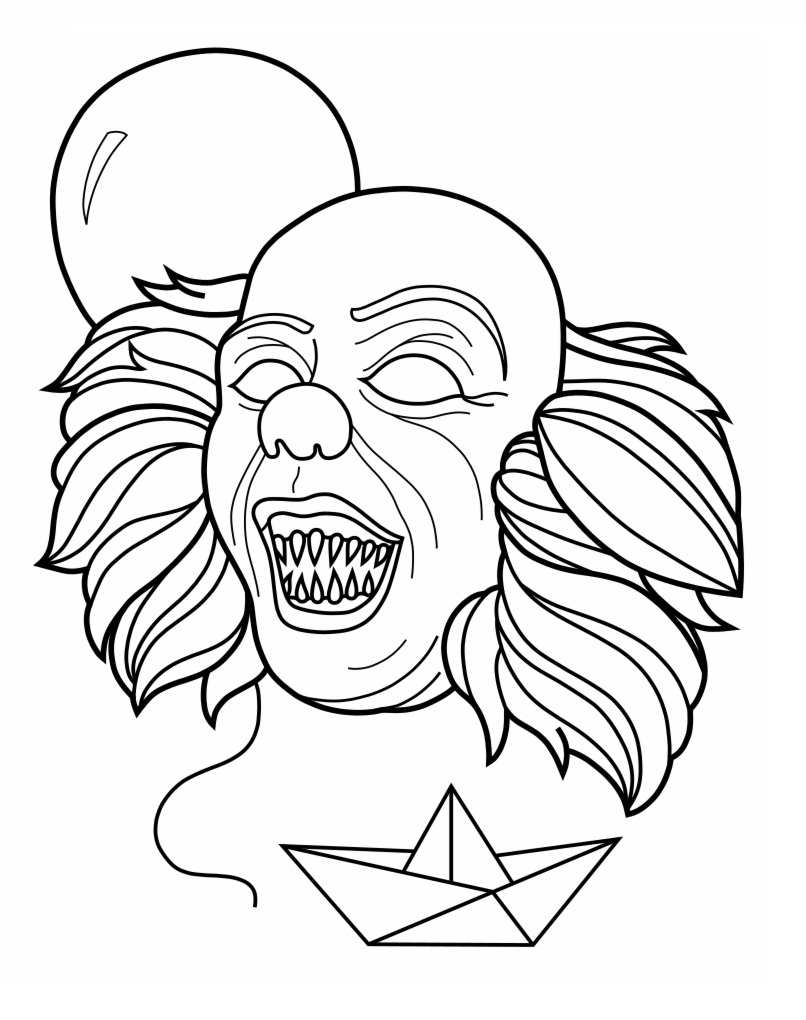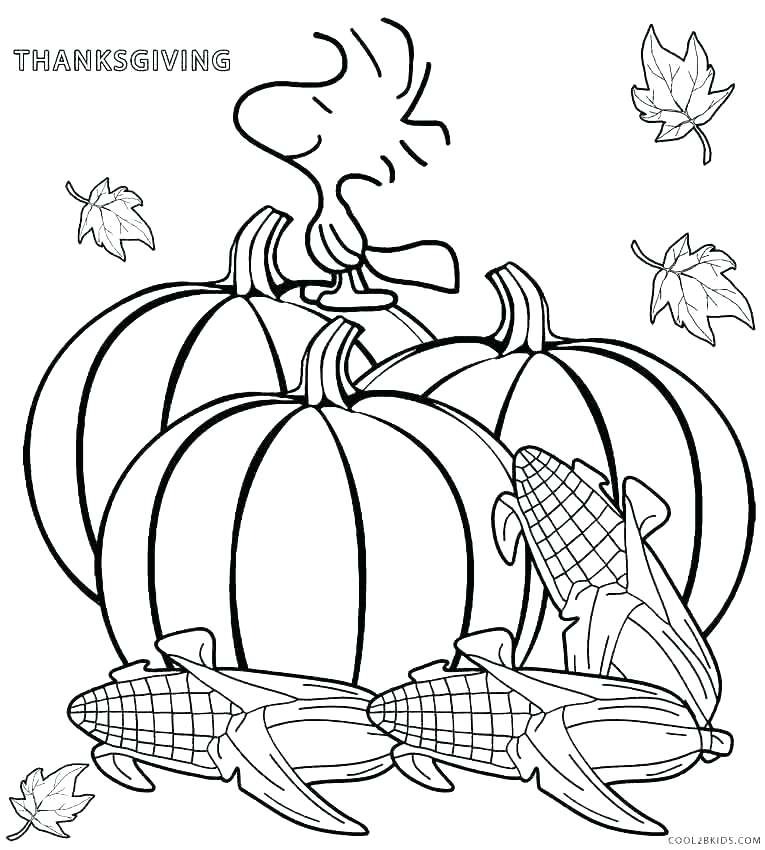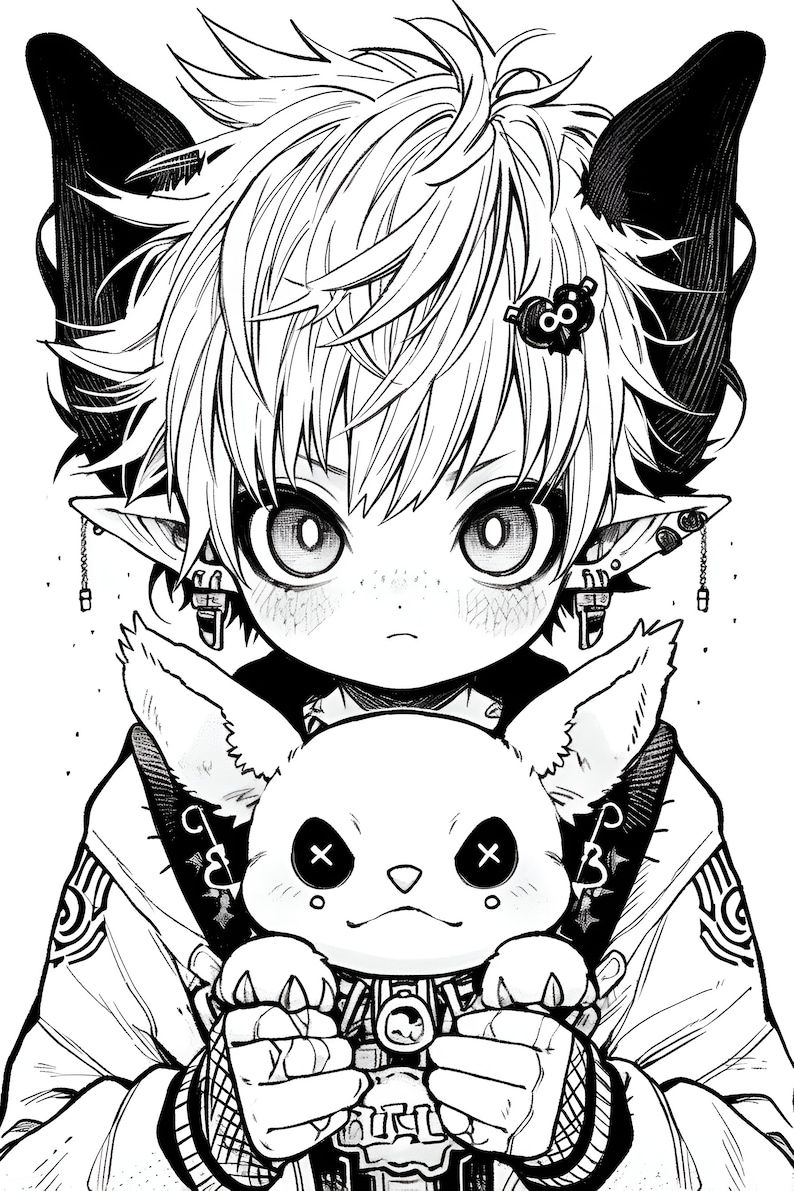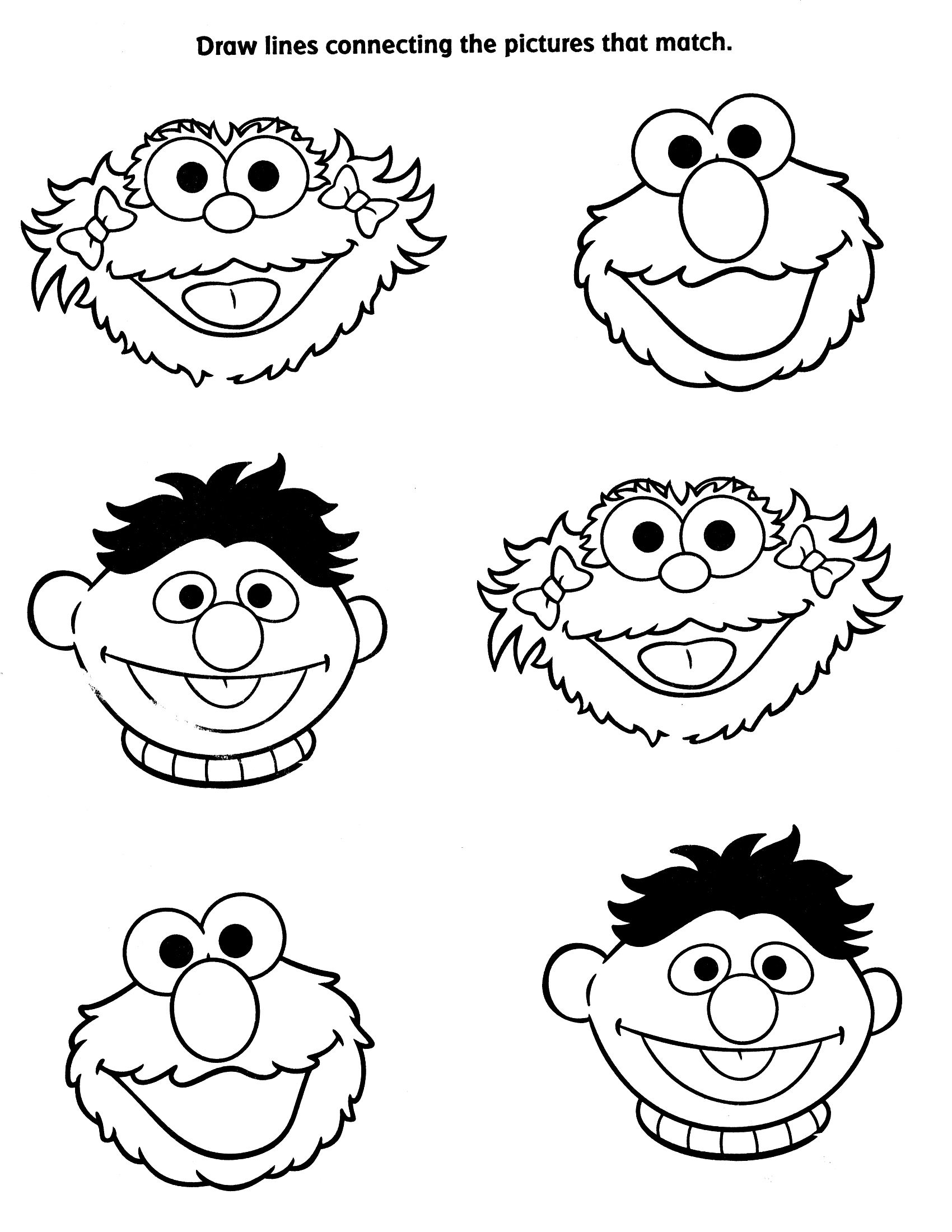Looking for a fun and spooky activity for your kids? Why not try out some creepy printable coloring pages! These pages are a great way … Read more
Continue reading
You re the fifth person to ask me that question used to say that the particular person or thing being mentioned is the best most famous etc In this use quot the quot is usually given strong Jan 12, 2024 · There are eight parts of speech in English: nouns, pronouns, verbs, adverbs, adjectives, prepositions, conjunctions, and articles. While the word the has multiple meanings …

Jul 16 2025 nbsp 0183 32 What is the Definite Article THE The definite article the is used to specify and identify It answers the question Which one This means the can indicate a particular The meaning of THE is —used as a function word to indicate that a following noun or noun equivalent is definite or has been previously specified by context or by circumstance. How to …

The Color Monster Book
We use the definite article in front of a noun when we believe the listener reader knows exactly what we are referring to The Pope is visiting Russia The moon is very bright tonight Who is Colour monster interactive worksheet emotions preschool monster. Pin on emotions emotions preschool feelings activities preschoolTeaching emotions with the color monster book companion teaching.

Identifying Emotions With Color Monsters Raising Dreamers Preschool

The Color Monster A Captivating Emotions Book To Teach Kids About
Sep 14 2023 nbsp 0183 32 We use the to talk about specific things Usually this means the person you are talking to will know exactly what noun or object you are referring to The might be small but 3 days ago · to generalise about a whole class or species, usually of plants or animals. A singular noun is used for this purpose. The first example means ‘ The elephant species is hunted.’. …
Let s talk about the article the in English Download my English book https pocenglish book In this exciting E 3 days ago · From Middle English þe, from Old English þē m (“the, that”, demonstrative pronoun), a late variant of sē, the s- (which occurred in the masculine and feminine nominative singular …

Looking for a fun and spooky activity for your kids? Why not try out some creepy printable coloring pages! These pages are a great way … Read more
Continue reading
Are you a fan of all things creepy and cute? If so, you’ll love our collection of Creepy Kawaii Coloring Pages Printable. These unique coloring … Read more
Continue reading
Are you looking for some fun and spooky activities to keep your kids entertained? Look no further than scary printable coloring pages! These pages are … Read more
Continue reading
If you’re looking for some fun and educational activities for your kids, coloring pages are a great option. And what’s better than Sesame Street coloring … Read more
Continue reading